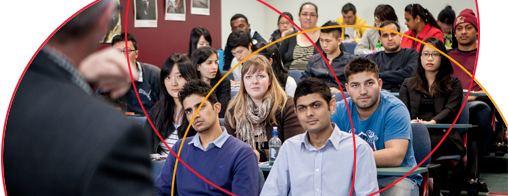Online Journal of International Education
Volume 1, Number 2, 2016
Editor: Dr Adam Brown; Director of Research, Auckland Institute of Studies
Preface
This issue of the journal has a focus on Pasifika issues, that is, factors affecting the curriculum and classroom in the Pacific Islands. Like Australia, New Zealand has a special relationship with the Pacific Islands. The Pacific Islands Forum comprises Australia, New Zealand and the Pacific Islands, and works towards cooperation in the areas of economic and social well-being. In the 2013 New Zealand census, a total of 295,941 identified themselves as Pacific, 7.4% of the total population.
The articles in this issue focus on three main Pacific islands: Fiji, Samoa and Tonga.
Tourism in the Tongan school curriculum
While the main source of income for Tongans is remittances from compatriots living overseas in New Zealand, Australia, the USA and other countries, the primary source of hard currency earnings in Tonga is tourism. At present, tourism has underdeveloped potential but, in order to expand, it needs trained manpower. Anna Addison and Semisi Taumoepeau of Auckland Institute of Studies explore the requirements for the development of tourism as a secondary school subject, through the Tongan Ministry of Education, and AIS’s sister institution, the Tongan Institute of Higher Education.
Culture and heritage in the Samoan school tourism curriculum
Similarly, Semisi and Anna investigate the development of tourism in the Samoan school curriculum. As in many contexts, the development of tourism, as an income boost to locals, must go hand in hand with ensuring that the local culture is not damaged or neglected in such development. An emphasis is therefore placed on retaining Samoan features including food and beverages, fruits and vegetables, crafts, dances and songs, handicrafts, etiquette and customs, as part of the tourist experience.
Hospitality education training in Tonga
Rosalind Kelly describes the effectiveness of a course in which she participated aimed at training assessors in the fields of tourism enterprises and accommodation standards. Since the participants, from various departments of the Ministry of Tourism and from different regions of Tonga, were Tongans being trained to assess Tongan facilities in Tonga, a culturally sensitive curriculum was employed, using the traditional Tongan concept of vaa, recognising the special relationships that people have with other people by virtue of their status, roles and social situations. Feedback showed that the workshops were well received.
Tongan aviation and tourism
Tourism is a major income-earner for Tonga. However, Tonga comprises a number of small islands isolated from each other, from other Pacific islands, and from major source countries for tourism, such as Australia and New Zealand. It is therefore vital that Tonga has an efficient air transport network, in order to bring tourists to the country. Semisi Taumoepeau gives an overview of the development of Tongan aviation vis-à-vis tourism over the last 15 years, with recommendations for future projects and expansion programmes.
English language in Fijian classrooms
Despite being small in area and population, Fiji is linguistically a diverse nation. Indigenous Fijians make up 54.3% of the population and have eight languages. Indo-Fijians are descendants of Indian labourers brought to the islands by the British colonial powers in the 19th century; they comprise 38.1% of the population and speak Indian languages including Hindi, Urdu, Tamil and Gujerati. There are also smaller numbers of Rotumans, Europeans, Chinese, and other Pacific island minorities. English is a second language for most, but is a compulsory medium of instruction in Fijian schools. Rosiana Lagi reviews this complex situation, and assesses the effectiveness of this policy.
Book review
David Robie is director of the Pacific Media Centre and professor of journalism at AUT University. Since the 1980s, he has visited and researched the many island states of the Pacific, and reported on various conflicts, coups, bombings, nuclear testing, climate change and journalistic barriers in the region. His book Don’t spoil my beautiful face, reviewed by Khairiah A Rahman, argues for a more comprehensive, reflective and in-depth media response to challenges from Tahiti and Polynesian nations in the east to Papua New Guinea, Indonesia, the Philippines, Timor-Leste and West Papua in the west.
Adam Brown
Editor, Director of Research

